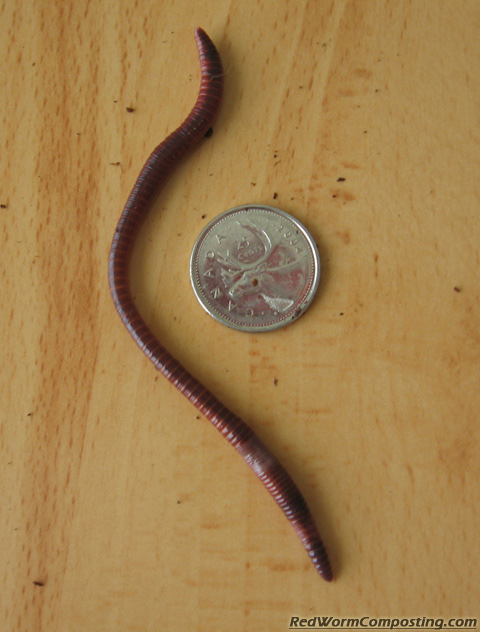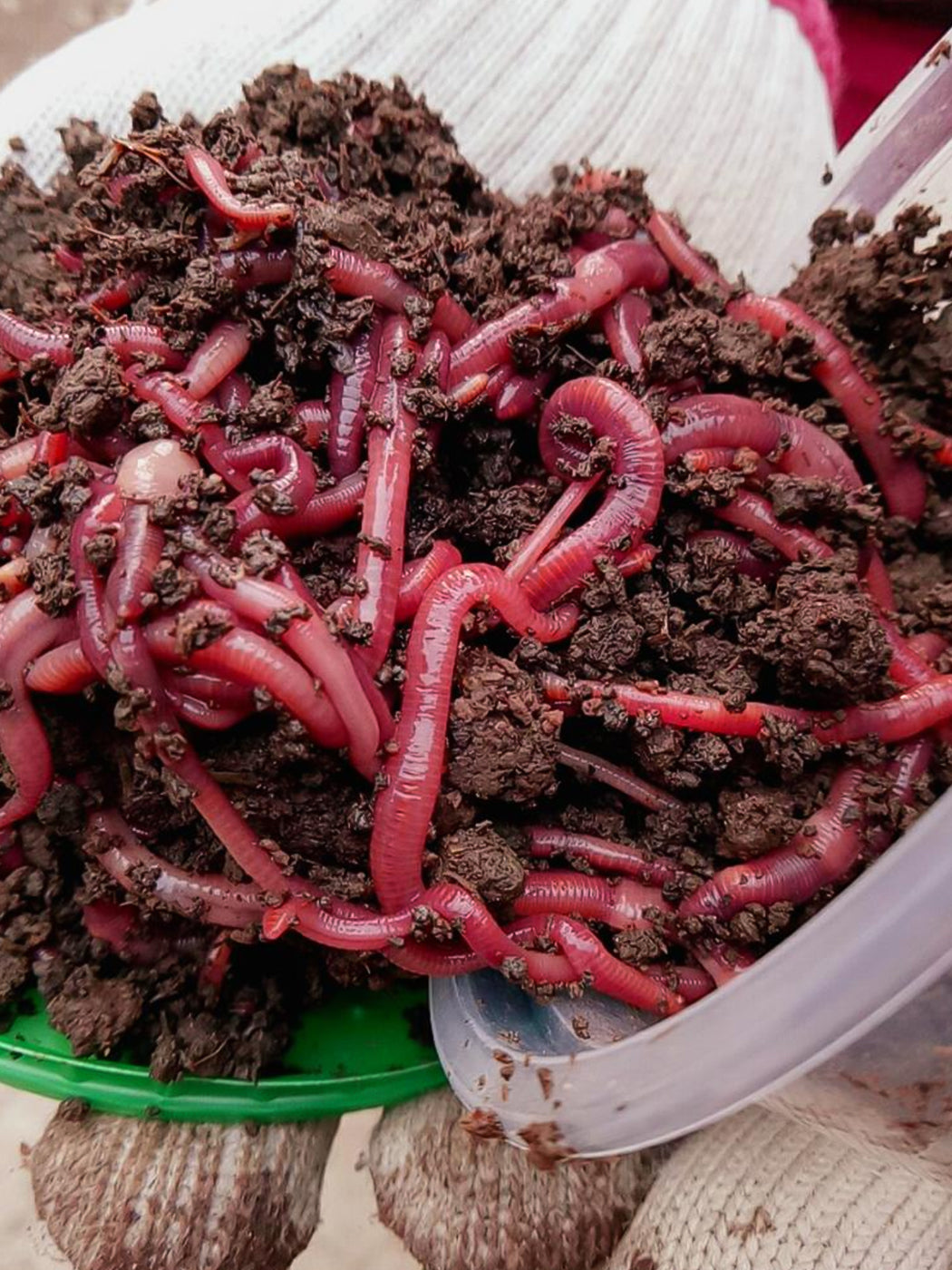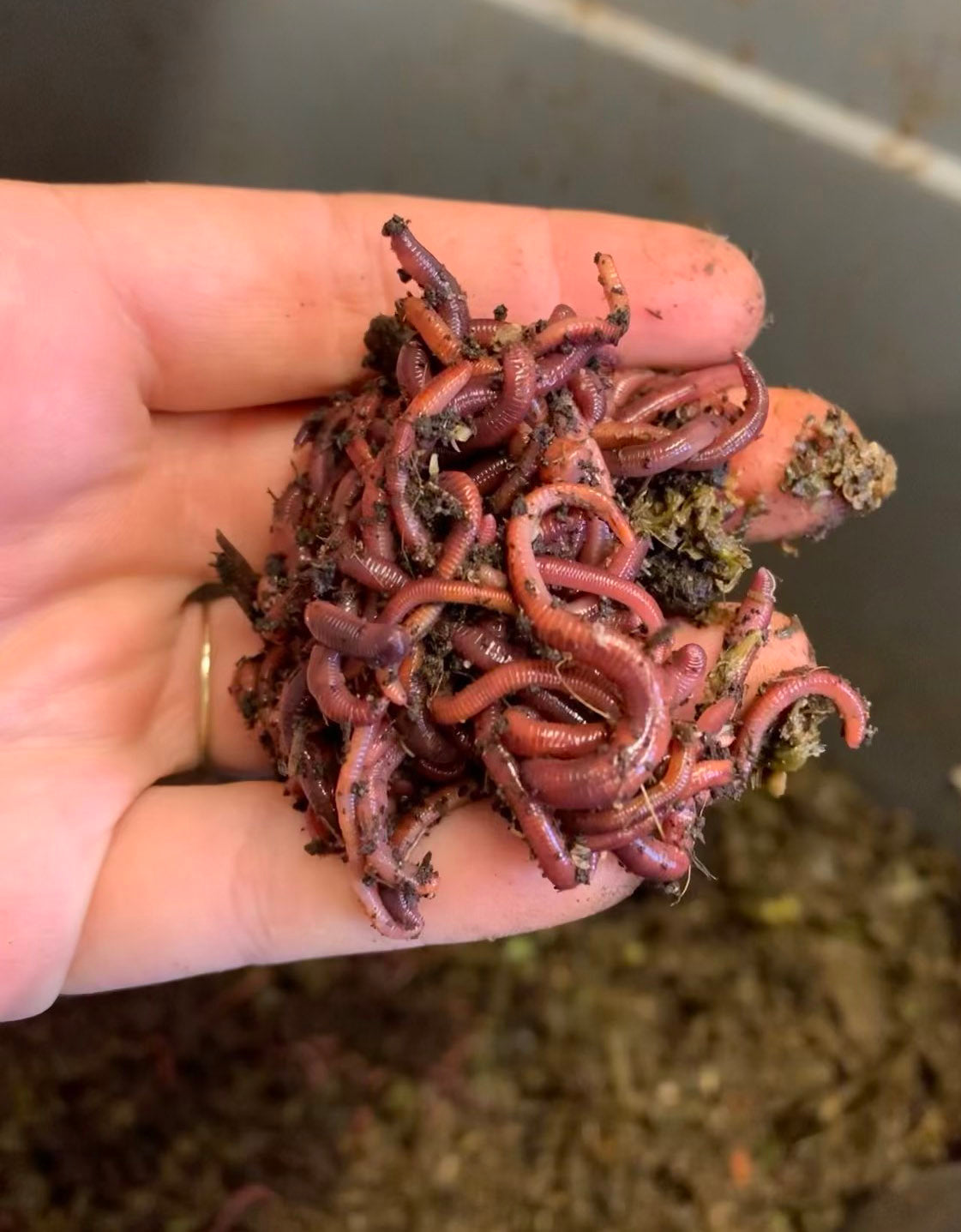Red Wigglers: The Unsung Heroes of Organic Waste Recycling
Red wigglers, or Eisenia fetida, serve as vital representatives in the natural waste reusing procedure, changing disposed of products into important vermicompost. Their effective malfunction of raw material not only boosts dirt top quality yet additionally adds to lasting waste administration methods. As the world increasingly looks for remedies to battle waste build-up and enhance agricultural productivity, recognizing the duty of these worms ends up being necessary. What devices enable them to thrive in compost environments, and how can they be properly made use of in both property and industrial settings? Discovering these inquiries exposes the broader ramifications of vermicomposting in our environmental landscape.
What Are Red Wigglers?
The exceptional resilience of red wigglers, clinically called Eisenia fetida, highlights their essential duty in organic waste recycling. These tiny, reddish-brown earthworms are generally located in breaking down natural matter, such as compost heap and manure loads. Lake Hickory Bait. Unlike various other earthworm types, red wigglers grow in nutrient-rich environments and are extremely efficient at breaking down natural products, making them vital for vermicomposting

(Lake Hickory Bait)Along with their role in waste reduction, red wigglers add to soil health and wellness by boosting dirt framework and oygenation through their burrowing activities (Lake Hickory Bait). Their presence in composting systems not only improves decay rates however additionally promotes a sustainable method to squander administration, showing their value in eco-friendly preservation initiatives
Advantages of Composting With Worms
Composting with worms, especially red wigglers, uses many benefits that improve both waste administration and soil health. These worms successfully damage down natural waste, transforming it into nutrient-rich vermicompost that enriches soil. This procedure increases decay, enabling for a quicker recycling of kitchen scraps and other natural products compared to traditional composting approaches.
In addition, the vermicompost created by red wigglers is brimming with useful microorganisms, which aid improve soil framework, aeration, and moisture retention. This boosts the general wellness of plants, advertising energetic growth and raised returns in gardens and farming settings. Furthermore, using worms in composting lessens the production of greenhouse gases, such as methane, adding to a much more sustainable waste monitoring system.

How to Begin Vermicomposting
Establishing a vermicomposting system is a simple procedure that can generate substantial advantages for both waste monitoring and dirt enrichment. To start, pick an appropriate container, such as a plastic container or wood box, with sufficient ventilation holes to make sure appropriate air flow. The measurements must preferably be about 2 feet by 3 feet, enabling adequate area for the worms to prosper.
Following, prepare bed linen material, which can contain shredded newspaper, cardboard, or coconut coir. This bedding should be dampened to develop an ideal environment for the worms. When the bed linen is in place, present red wigglers (Eisenia fetida) right into the container, generally around one pound of worms for every square foot of surface location.
Following the positioning of worms, add organic waste, such as fruit and veggie scraps, coffee grounds, and smashed eggshells. With these steps, you will effectively start a vermicomposting system that contributes to lasting waste administration and improves your soil.
Preserving a Healthy And Balanced Worm Container
(Red Wiggler Express)Keeping a worm container flourishing calls for regular focus and like make certain the health of the red wigglers and the performance of the composting process. Appropriate upkeep begins with checking the moisture levels; the container should perspire yet not waterlogged. A great guideline is to preserve an uniformity similar to a wrung-out sponge.
Delicately mixing the bedding and food scraps every few weeks avoids compaction and makes sure that all worms have accessibility to oxygen. In addition, it is vital to feed the worms appropriately.
If the container comes to be also hot try this out or cold, the worms might come to be worried. By carefully taking care of these factors, one can preserve a robust and efficient worm container.
Effect On Sustainable Living
The effective upkeep of a worm bin not just benefits the health and wellness of red wigglers yet additionally contributes dramatically to sustainable living techniques. By reusing natural waste, such as cooking area scraps and lawn debris, red wigglers help draw away significant quantities of product from land fills. This decrease in waste not only decreases greenhouse gas emissions however also minimizes the ecological worry associated with waste monitoring.
In addition, the castings produced by red wigglers offer as a nutrient-rich natural plant food, boosting dirt health and wellness and promoting plant development. This natural option to chemical fertilizers sustains sustainable farming and gardening techniques, decreasing dependence on synthetic inputs that can hurt environments. In addition, worm composting promotes recognition of waste management, urging individuals and neighborhoods to take on more lasting habits.

Final Thought
In summary, red wigglers act as crucial contributors to organic waste recycling through their efficient decomposition of organic products. Their capacity to generate nutrient-rich vermicompost improves dirt health and wellness and supports sustainable agricultural practices. By incorporating vermicomposting right into waste monitoring methods, people and neighborhoods can substantially decrease waste while promoting environmental sustainability. The duty of Eisenia fetida in cultivating healthy and balanced ecological communities emphasizes the relevance of these microorganisms in accomplishing sustainable living and boosting dirt fertility.